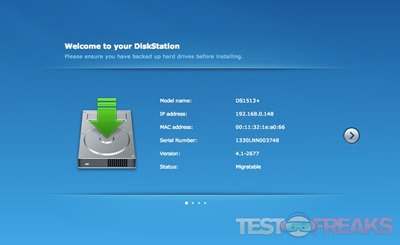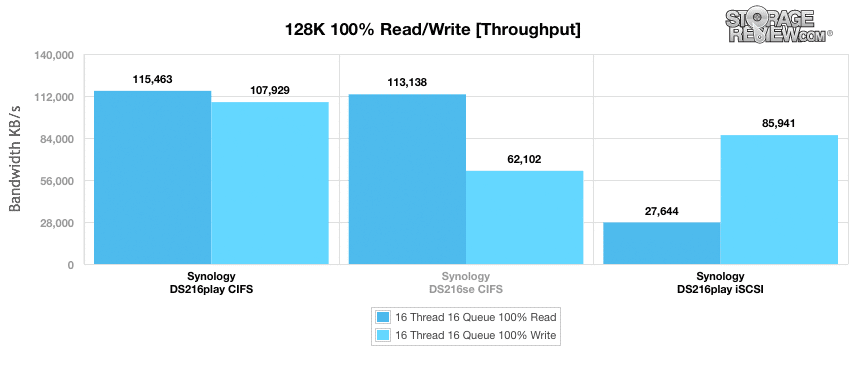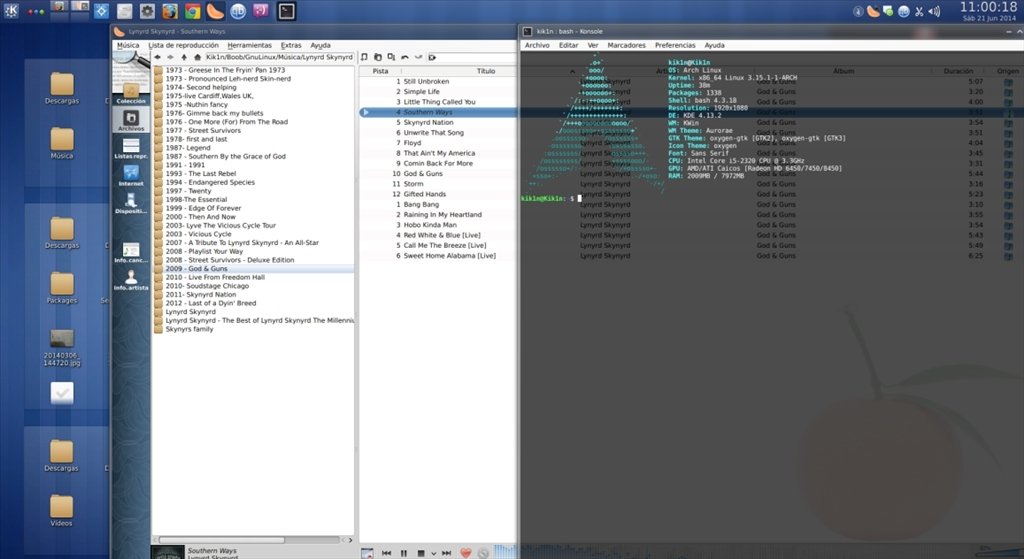
- DS3231 ARCH LINUX HOW TO
- DS3231 ARCH LINUX INSTALL
- DS3231 ARCH LINUX UPDATE
- DS3231 ARCH LINUX DRIVER
- DS3231 ARCH LINUX FULL
DS3231 ARCH LINUX HOW TO
All you need to learn now is how to set the command register using I2C commands and you're all set. Milliseconds = 0 // So you can measure milliseconds since last second.

Perfect! // down in main program now you have access to milliseconds, you might want to start off by setting: To use it, download the package thats right for your Pi and set up one boot and one. Once you have this ISR working and pin3 of the DS3231 connected to a digital input pin of your choosing, that pin will be activated at 1KHz, or every millisecond. The Arch Linux package contains the entire system root as a tarball. I've shown you two ways, one with Arduino code and one in C. If these commands in setup() don't work on your Arduino, google 'Arduino external interrupt INT0'. OR: const int RTCpin = 3 // use any digital pin you need. Rubidium Atomic Clock Market Size and Market dwm - ArchWiki - Arch Linux Add sex. The millis () function returns Number of milliseconds since the program started as an unsigned long. It does have a 32kHz square-wave output for a clock source but you would have to count the pulses in an ISR. If(milliseconds = 999) // roll over to zero The DS3231 only has second resolution provided in the registers. ISR(INT0_vect) // or whatever pin/interrupt you choose volatile uint16_t milliseconds // volatile important here since we're changing this variable inside an interrupt service routine: Then you'd need an ISR to capture interrupts from the !INT/SQW pin of the device to a digital input pin on your Arduino. not open port error immediately after plugging in Arduino on Arch Linux. You set RS1 = 0 and RS2 = 0 (see page 13 of the datasheet you provided) and INTCN = 0 (page 9). Coding example for the question RTC DS3231 does not loop after initializing. So, for example, to get exact milliseconds, you'd target option 2, 1KHz. It is very easy, do it according to the pictures or below: VCC -> Arduino 5V GND -> Arduino GND SCL -> SCL or A5 SDA -> SDA or A4 As long as I know, there are dedicated SCL and SDA pins on the Arduino UNO and MEGA. These last four options are achieved by various combinations of the RS1 and RS2 control bits. Step 1: Connections Of course, you will need to connect the chip first. After the device is instantiated, I can see it using i2cdetect tools and loaded it using insmod but my probe function is not getting called.
DS3231 ARCH LINUX DRIVER
The DS3231 datasheeet reveals that there are five possible frequencies of sub-second outputs (see page 13): I have wrote a ds3231 driver code and I have been successful in communicating with the chip by instantiating the device manually as follows :echo ds3231 0圆8 > /sys/class/i2c-adapter/i2c-2/newdevice.

I'll provide you with better instructions.įirst thing in any hardware interfacing project is a close reading of the datasheet. I created a discord dedicated to AstroArch - if you want to hangout, ask for help, suggesting new features or other things you are very welcome discord.The comment above is correct, but using millis() when you have a dedicated realtime clock makes no sense. hepingood / ds3231 Public Projects Insights master 2 branches 0 tags hepingood Merge pull request 7 from hepingood/dev 5807012 on Apr 15 29 commits.
DS3231 ARCH LINUX FULL
from the mla citation in text System time - ArchWiki - Arch Linux Web14. GitHub - hepingood/ds3231: DS3231 full function driver for general MCU and Linux.
DS3231 ARCH LINUX INSTALL
I packaged astromonitor that will be made default available software from 1.6 (what you don't know what is astromonitor? Have a look here /MattBlack85/astro_monitor) it can notify you via telegram (if internet is available) if Kstars crashes and it can create/restore a complete backup of the Kstars equipment profile so that you can recreate the exact setup on all your machines with no effort If you install NTP, install it on each service node in your cloud deployment. Only a script to sync the clock on boot is left to be done. If the RTC module is fresh from the factory, or hasn’t been plugged in in a while, you will need to set the time on the module.

I did most of the work needed to make an RTC (almost) plug'n'play. To enable the unit, write the file to /etc/systemd/system/ds3231.system, and run systemctl enable ds3231 to set it to run on boot. The DS3232RTC library is a drop-in replacement for the DS1307RTC.h library by Michael Margolis that is supplied with the Arduino Time library above.

This library is intended to be used with the Arduino Time library. AstroDMx needs a working INDI server before starting - I wrote a mini UI to start INDI server alone (like it is done in astroberry), this could be used also for raspberrys used only as indi servers with no need to use the terminal DS3232RTC is an Arduino library that supports the Maxim Integrated DS3232 and DS3231 Real-Time Clocks. I packaged Astrodmx (capture software like FireCapture for aarch64) which will be available by default starting from 1.6
DS3231 ARCH LINUX UPDATE
Small update - I had good progress this week for the 1.6 release which should happen on time


 0 kommentar(er)
0 kommentar(er)
